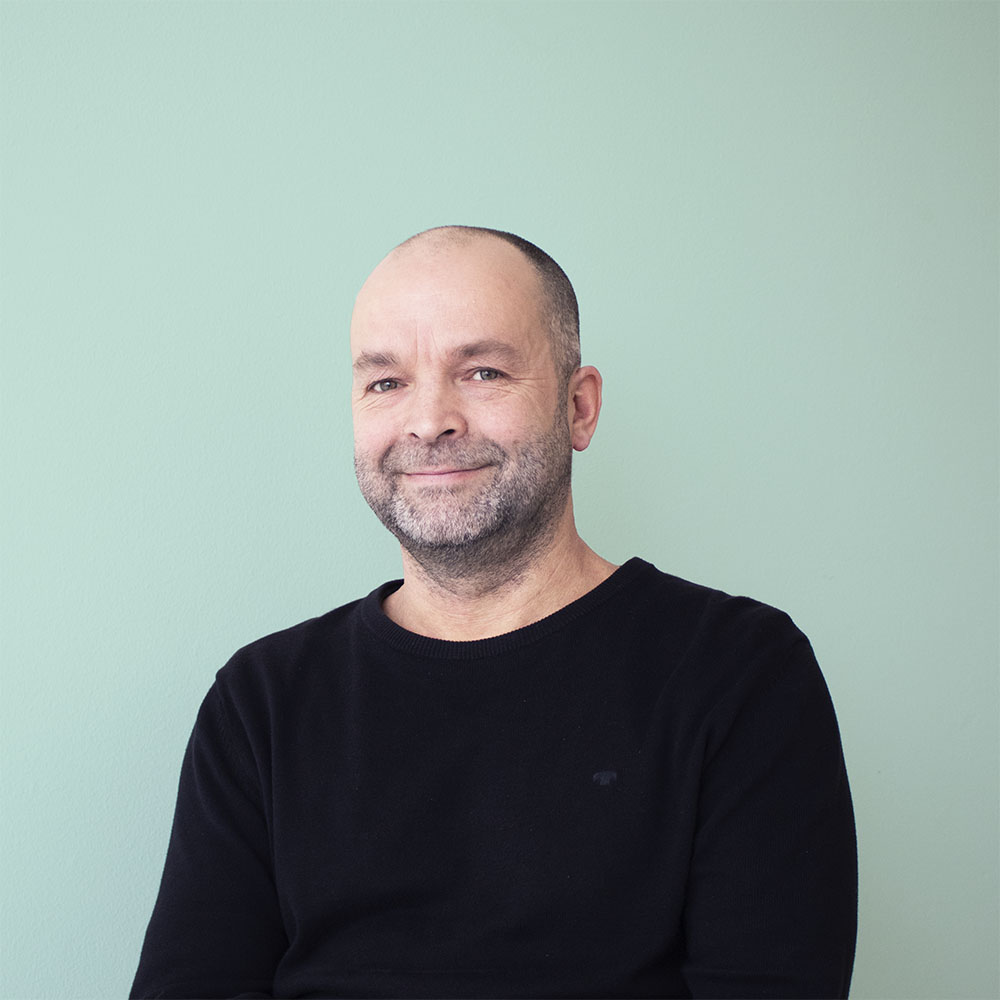Rethinking Youth Participation
Imagine a digital platform where a young person can influence both the design of their local schoolyard and the direction of national climate policy—within the same environment. A space where youth can launch petitions directed at municipal governments or ministries, and at the same time, engage in ongoing projects opened by cities, organizations, or national institutions. This is not just a dream. On one hand, it is a vision for building the future of youth engagement in the digital age. On the other hand, it illustrates the urgent need for youth participation in society and the potential building blocks of a viable solution.
A Two-Way System: Publish and Participate
Most current participation tools function in one direction. Young people are invited to comment, sign, or respond—but they rarely shape the agenda or co-create solutions. A truly engaging platform must enable a two-way relationship. In this envisioned system, young people would be able to launch their own initiatives, express concerns, share development ideas, and direct them to specific institutions at the local, regional, or national level. They would receive clear feedback about how their ideas are processed, whether they are accepted, and what happens next.
At the same time, public and regional institutions, municipalities, cities and NGOs would be able to use the platform to invite young people into ongoing projects. They could co-develop services, participate in planning processes, or help shape new strategies. Youth would not be treated merely as stakeholders to consult, but as active co-creators of the world around them.
Making Engagement Meaningful: The Role of Gamification
Participation doesn’t have to feel like bureaucracy. It can be visual, interactive, and even playful. Taking inspiration from platforms like Duolingo or Kahoot!, this platform could use the dynamics of gamification to turn participation into a more immersive experience. Progress could be made visible through levels or personal dashboards, while themed challenges could invite young people to engage with causes that match their interests. People could work together, follow shared goals, and see the impact of their activity grow over time. Projects and initiatives would be made visible like in the platform for change, change.org, or crowdsourcing platform Kickstarter. Engagement would no longer be hidden—it would be something felt, shared, and celebrated.
Connecting the Dots: From Local to National
Currently, youth engagement is fragmented. School matters are handled one way, municipal affairs another, and national policy through entirely separate structures. For young people, this means navigating a scattered landscape that often leads to confusion or disengagement. A unified digital platform could integrate all these levels into a single, intuitive system. A young person could suggest improvements to their school lunch program, contribute to regional youth strategies, and participate in a national debate on mental health policy—all without switching platforms. Local, regional, and national impact would be possible from one digital starting point.
Why This Matters Now
The need for such a system is more urgent than ever. While young people are highly connected digitally, the spaces where they can truly participate in society remain limited. Many don’t know where or how to get involved, and those who try often find the process frustrating or fruitless. Institutions, in turn, struggle to connect with youth in ways that are meaningful and lasting. The challenges of our time—climate crisis, digital transformation, social inequality—demand fresh, inclusive, and youth-driven approaches. A digital platform like this is not just a tool. It’s an infrastructure for empowerment.
Lessons from the Field: What GameIN Taught Us
This vision stems not only from theoretical needs but from real-world exploration. In the GameIN project, we have spent time mapping digital and gamified tools for youth participation. We’ve found many promising elements—games that explore democracy, workshops with participatory methods, and educational materials designed with play in mind. However, what we haven’t found are true pathways to meaningful influence. The landscape is scattered with experiments and tools, but very few lead to actual decision-making power or systemic change.
Many cities, such as Reykjavik, Helsinki, and Copenhagen, offer their residents opportunities to participate through digital channels, and participatory digital budgeting is already available in smaller municipalities as well. However, participation remains fragmented, and the channels are often difficult to find unless one already knows where to look.
This experience has made it increasingly clear that we must go beyond methods and toward infrastructure. That’s why, even if it feels idealistic or naive, we must be willing to imagine a comprehensive digital platform for youth participation. One that doesn’t just engage but empowers. One that doesn’t just ask for opinions but builds bridges to real-world impact. The vision of this platform helps us to crystallize the need, the motivations, and the building blocks required to transform how we involve young people in shaping their communities and futures.
A New Culture of Participation
The next generation of youth participation won’t be based on panels, committees, formal hearings or separate initiative channels alone. It will be interactive, social, networked and digital. Youth aren’t waiting to be invited. They are waiting for systems that recognize their ideas, talents, and lived experiences as vital to building the future. Let’s stop asking how to get young people to participate. Let’s start asking how we build systems they can lead.
Read more:
Read more on our Estonian partner’s blog (in Estonian)

Mikko Sääskilahti
Development Manager
mikko.saaskilahti@nuortenakatemia.fi
+358 40 029 7820